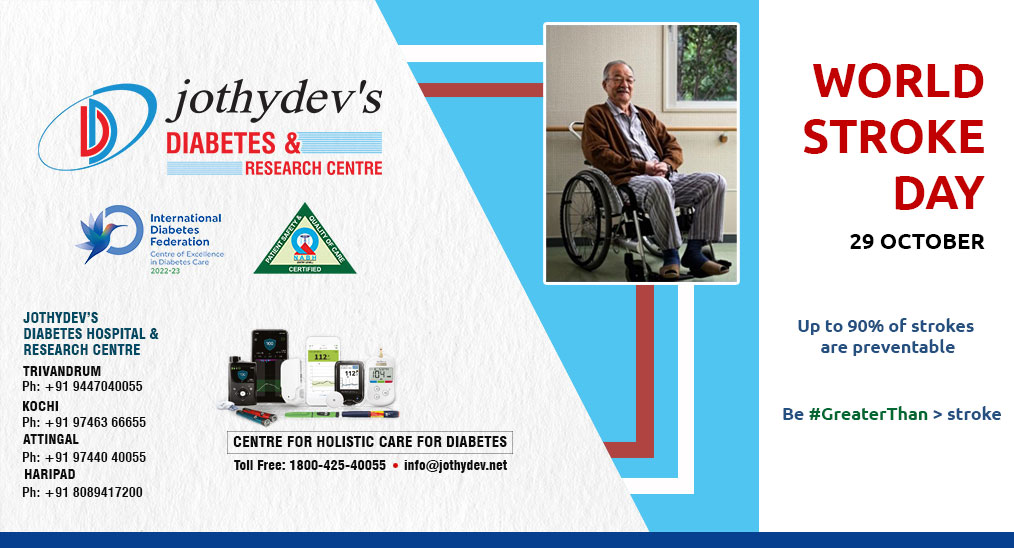1. Combination of SGLT2 and RAS inhibitors is potentially more effective for diabetic nephropathy

The most prominent cause of chronic kidney disease (CKD) is diabetic nephropathy. Diabetic nephropathy is typically clinically presented with a gradual decline in the glomerular filtration rate (GFR) and with increased proteinuria. According to a recent data published in ‘Scientific reports’, the combined use of a SGLT2 inhibitor and a RAS inhibitor appears to be more effective than the single use of each.
The retrospective cohort study includes people with type 2 diabetes (T2D). These T2D had a baseline estimated glomerular filtration rate (eGFR) of > 30 mL/min/1.73m2 and a urinary albumin-to-creatinine ratio < 30 mg/gCr. After propensity score matching, using covariates such as age, body mass index, systolic blood pressure, hemoglobin A1c levels, and prescription history of RAS inhibitors, 58 partcipants were randomized into two groups: the SGLT2 inhibitor group (n = 28) and the control group (n = 28). The researchers compared the annual eGFR decline rate between the two groups and observed that the SGLT2 inhibitor group exhibited a significantly smaller eGFR change than the control group (− 1.15 vs. − 2.18 mL/min/1.73m2/year). Further, within the SGLT2 inhibitor group, patients prescribed RAS inhibitors had demonstrated an even smaller eGFR change (− 0.70 mL/min/1.73 m2/year).
The researchers found that when combined with RAS inhibitors, SGLT2 inhibitors provided higher protection against reduced renal function in normoalbuminuric patients with type 2 diabetes. Also, even in normoalbuminuric patients with type 2 diabetes, concurrent treatment of SGLT2 inhibitors and RAS inhibitors may be crucial for maintaining renal function.
For enquiries info@jothydev.net.
Please visit: jothydev.net | research.jothydev.com | diabscreenkerala.net | jothydev.com/newsletter




